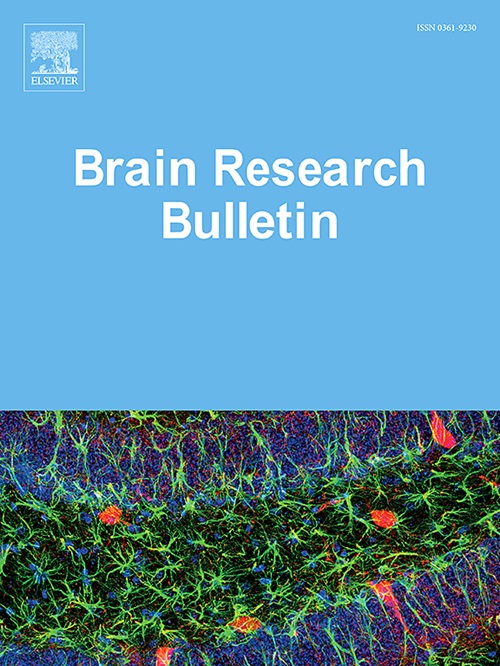Comparing a BCI communication system in a patient with Multiple System Atrophy, with an animal model
IF 3.5
3区 医学
Q2 NEUROSCIENCES
引用次数: 0
Abstract
Paralysis affects many people worldwide, and the people affected often suffer from impaired communication. We developed a microelectrode-based Brain-Computer Interface (BCI) for enabling communication in patients affected by paralysis, and implanted it in a patient with Multiple System Atrophy (MSA), a neurodegenerative disease that causes widespread neural symptoms including paralysis. To verify the effectiveness of the BCI system, it was also tested by implanting it in a non-human primate (NHP). Data from the human and NHP were used to train binary classifiers two different types of machine learning models: a Linear Discriminant Analysis (LDA) model, and a Long Short-Term Memory (LSTM)-based Artificial Neural Network (ANN). The LDA model performed at up to 72.7 % accuracy for binary decoding in the human patient, however, performance was highly variable and was much lower on most recording days. The BCI system was able to accurately decode movement vs non-movement in the NHP (accuracy using LDA: 82.7 ± 3.3 %, LSTM: 83.7 ± 2.2 %, 95 % confidence intervals), however it was not able to with recordings from the human patient (accuracy using LDA: 47.0 ± 5.1 %, LSTM: 44.6 ± 9.9 %, 95 % confidence intervals). We discuss how neurodegenerative diseases such as MSA can impede BCI-based communication, and postulate on the mechanisms by which this may occur.
多系统萎缩患者脑机接口通信系统与动物模型的比较。
瘫痪影响着全世界许多人,受影响的人往往患有沟通障碍。我们开发了一种基于微电极的脑机接口(BCI),用于瘫痪患者的交流,并将其植入多系统萎缩(MSA)患者体内,MSA是一种神经退行性疾病,可导致包括瘫痪在内的广泛神经症状。为了验证BCI系统的有效性,还通过将其植入非人类灵长类动物(NHP)进行了测试。来自人类和NHP的数据用于训练二分类器两种不同类型的机器学习模型:线性判别分析(LDA)模型和基于长短期记忆(LSTM)的人工神经网络(ANN)。LDA模型在人类患者的二进制解码中表现出高达72.7%的准确率,然而,性能变化很大,并且在大多数记录日要低得多。BCI系统能够准确地解码NHP的运动与非运动(使用LDA的准确率:82.7±3.3%,LSTM的准确率:83.7±2.2%,95%置信区间),但无法对人类患者的记录进行解码(使用LDA的准确率:47.0±5.1%,LSTM的准确率:44.6±9.9%,95%置信区间)。我们讨论了神经退行性疾病如MSA如何阻碍基于bci的交流,并假设了可能发生这种情况的机制。
本文章由计算机程序翻译,如有差异,请以英文原文为准。
求助全文
约1分钟内获得全文
求助全文
来源期刊

Brain Research Bulletin
医学-神经科学
CiteScore
6.90
自引率
2.60%
发文量
253
审稿时长
67 days
期刊介绍:
The Brain Research Bulletin (BRB) aims to publish novel work that advances our knowledge of molecular and cellular mechanisms that underlie neural network properties associated with behavior, cognition and other brain functions during neurodevelopment and in the adult. Although clinical research is out of the Journal''s scope, the BRB also aims to publish translation research that provides insight into biological mechanisms and processes associated with neurodegeneration mechanisms, neurological diseases and neuropsychiatric disorders. The Journal is especially interested in research using novel methodologies, such as optogenetics, multielectrode array recordings and life imaging in wild-type and genetically-modified animal models, with the goal to advance our understanding of how neurons, glia and networks function in vivo.
 求助内容:
求助内容: 应助结果提醒方式:
应助结果提醒方式:


